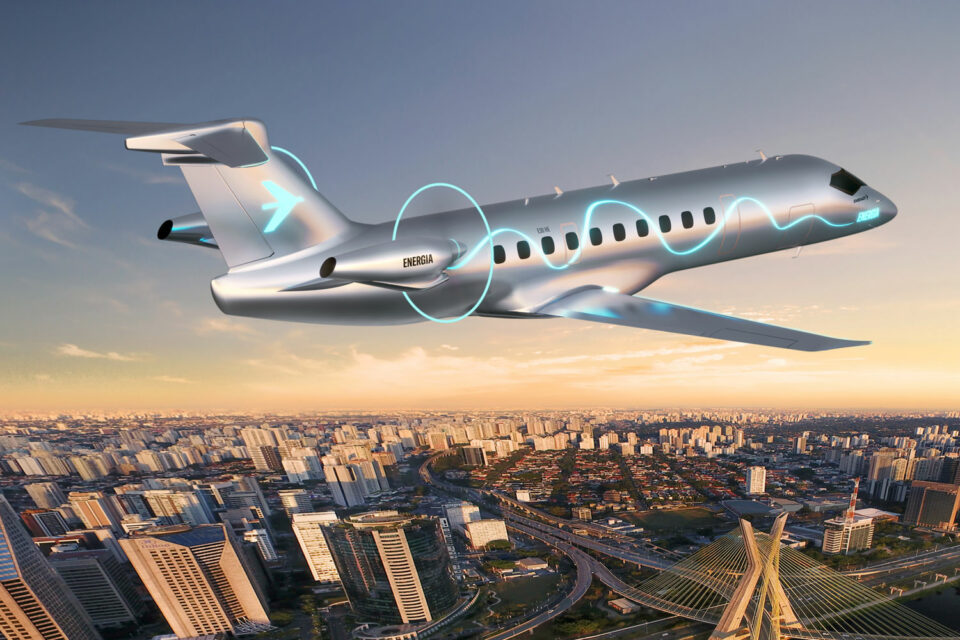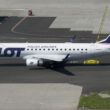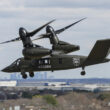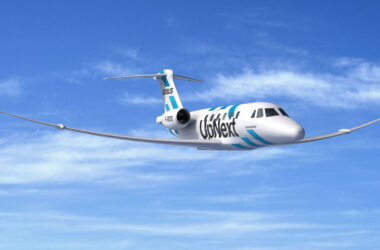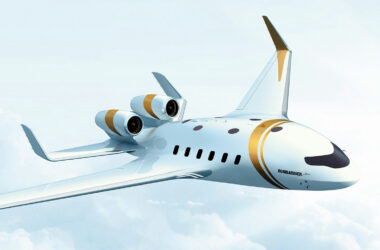One year after unveiling the Energia family of concept aircraft focused on sustainability, Embraer has updated the designs that will outline the manufacturer’s future aircraft..
In an event broadcast from the Netherlands and Brazil, Embraer executives announced that the company’s focus right now are two projects for aircraft with 19 and 30 seats, with hybrid electric and hydrogen electric propulsion.
According to the planemaker, these two developments, which share the same platform, offer “a technically realistic and economically viable path to zero carbon emissions”.
“Since we announced our Energia concepts last year, we have been busy evaluating different architectures and propulsion systems. These efforts have resulted in the updates of our concepts that we are sharing with you today,” said Arjan Meijer, President and CEO of Embraer Commercial Aviation.
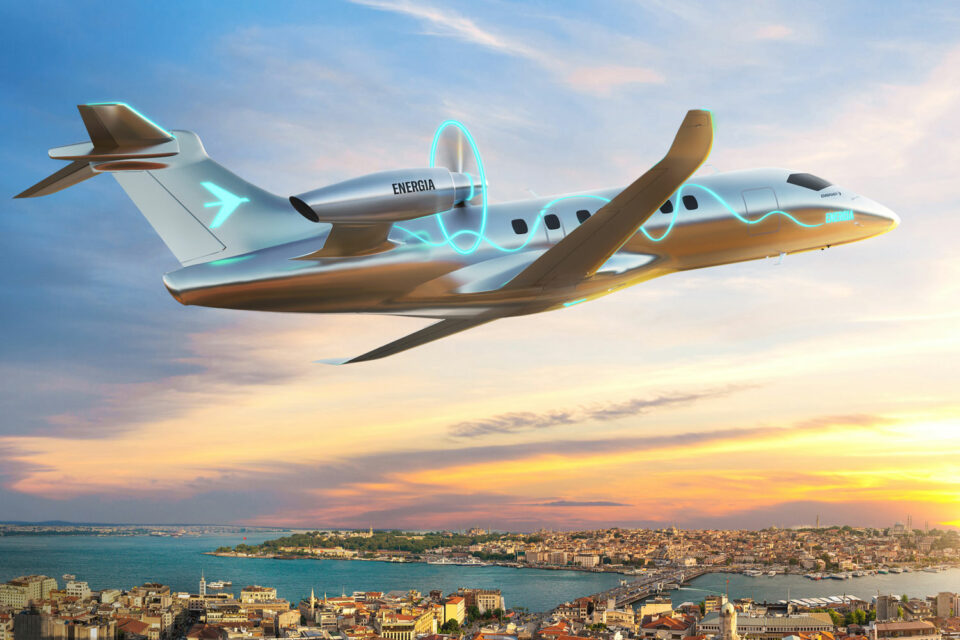
The first “green plane” on Embraer’s agenda is the Hybrid Energy, a concept initially announced with nine seats, but now with versions with 19 and 30 seats, which the company calls by the acronyms E19-HE and E30-HE.
As the manufacturer explains, the Energia Hybrid is an aircraft with parallel hybrid-electric propulsion (in which the combustion and electric engines combine forces to propel the plane), with tail engines powered by Sustainable Aviation Fuel (SAF).
According to Embraer, when using SAF the Hybrid Energy can achieve a reduction of CO2 emissions of up to 90%. The company says the technology to produce this type of plane will be available in the early 2030s.
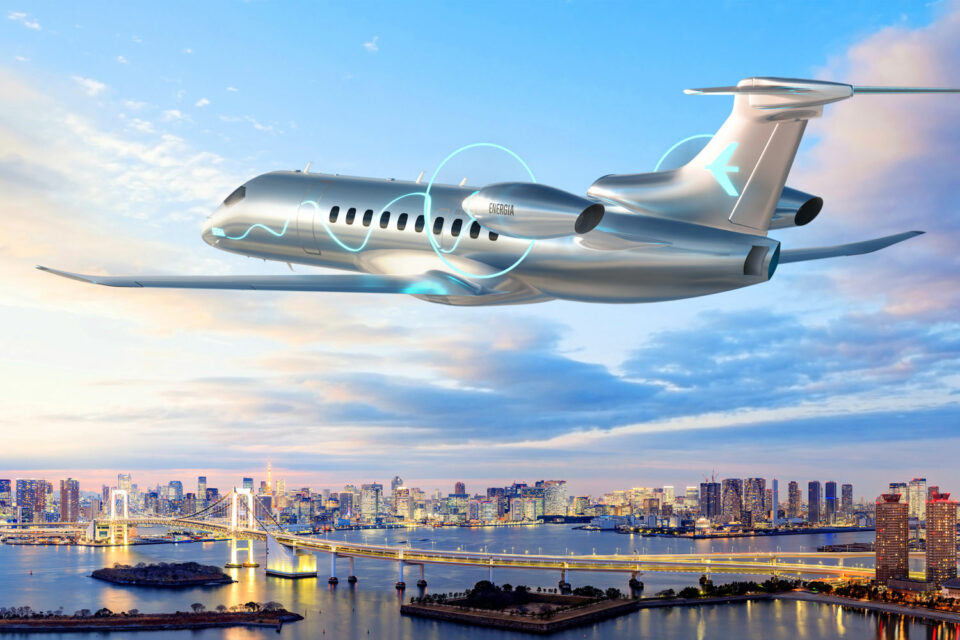
Fuel cell
The second priority project is Energy with H2 Fuel Cell. Announced last year as a 19-seat aircraft, the concept that uses hydrogen cells to generate electricity has also grown and is now studied in the version for 30 passengers. Embraer calls these planes by the acronyms E19-H2FC and E30-H2FC.
Unlike the Energia Hybrid, which still burns fuel and generates emissions, the Energia com Fuel Cell H2H2 Fuel Cell is a zero CO2 emission aircraft. Its development, however, takes longer and the technology, as predicted by Embraer, should be available for application in mid-2035.
For Luis Carlos Affonso, Senior Vice President of Engineering, Technology and Corporate Strategy at Embraer, the Brazilian company is in a privileged position to start the energy transition in aviation. “As new propulsion technologies will be first applied on smaller aircraft, Embraer is in a unique position. The 19 and 30 seaters are sensible starting points for focused studies since they are likely to present earlier technical and economical readiness.”
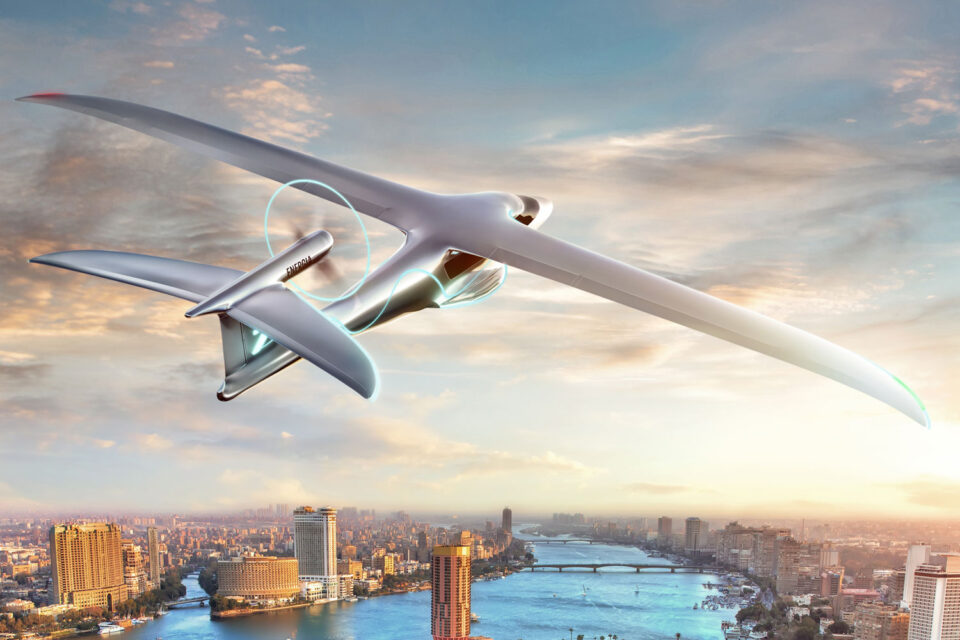
In addition, Affonso reinforced that advances to reduce emissions in aviation have already occurred in recent decades: “While the challenges of net-zero are significant, in less than 25 years our commercial aircraft have already reduced fuel burn and CO2 emissions by almost 50% on a seat/mile basis, using only conventional fuels and propulsion – I’m convinced net-zero is a goal we can reach.”
The 100% electric and H2 Gas Turbine projects, however, are still in the plans, but for now they will be on hold, explained Embraer.
The choice of 30-seat capacity may have been feedback from potential customers, in the same way that the Swedish project ES-19 was exchanged for the ES-30 by the sustainable startup Heart.
